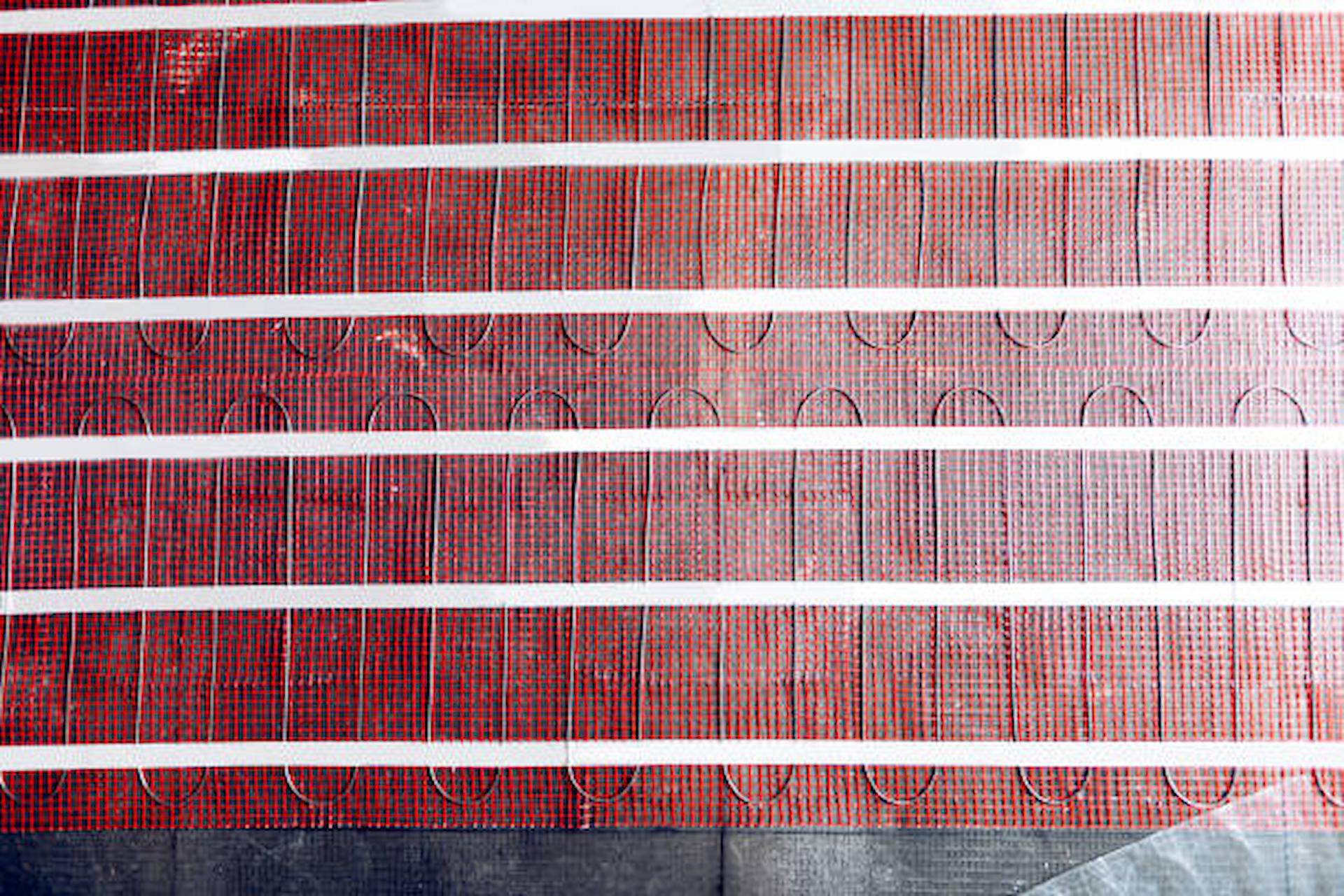In new construction or for reduced floor areas during renovations, electric flooring heating is more frequently utilised. It can be utilised under most floor coverings, including tile and carpet, in any room of your house. As a principal heat source, an electric flooring heating system is also an option.
Advantages
Compared to a wet-heated floor system, electric underfloor heating is far more compact and usually requires less room. Although the wires are significantly thinner and the equipment can sit closer to the ground, you will likely require a backing board for insulation to prevent heat loss downhill.
Compared to hydronic options, which include a network of pipes through which warm water is piped to heat a floor above, electric systems often heat up more quickly.
If you’re working with any challenging measurements, loose wire systems are fantastic since they can be moulded to fit the contour of the area that you’re placing heating in.
Also, it is quite user-friendly. You can manage the room’s temperature because it is coupled with a thermostat. Also, you will be able to fully adjust the subsurface warming system’s functionality to your liking.
Disadvantages
Large Expenses
The cost of installation may be slightly higher despite the fact that the electric underfloor heating system isn’t really expensive. The system you decide on, the size of the space, and the installation fee can all affect the cost. Creating the preconditions for the water heater in a historic property can be very expensive.
Installing Takes A Long Time
It takes a while to install a number of electric flooring heating systems. Prior to installing the floor coverings, they demand that the floor is entirely dry, which typically takes another day or two.
Installation
A professional installer will be necessary if you choose a water-based system. Meanwhile, lesser systems might not heat the space sufficiently and need radiators.
Extended Heating Times
The heat-up durations of underfloor heating can appear to be a drawback because they don’t offer the same quick warmth and comfort as a regular heater. Due to the lengthy heat-up durations, having an in-slab system may make this a specific disadvantage. The heat-up times for a system located beneath the substrate, however, are relatively quick, despite not being instant.
Conclusion
It was once considered a luxury good that only the wealthy could afford. What a fantasy it would be to always have comfortable feet throughout the chilly winters and a water heater that required little to no maintenance.
Today, heated floors are an everyday luxury everybody can enjoy and are becoming a part of daily life. It is becoming more and more common in both new construction and remodelling projects as an efficient way to warm your home.


